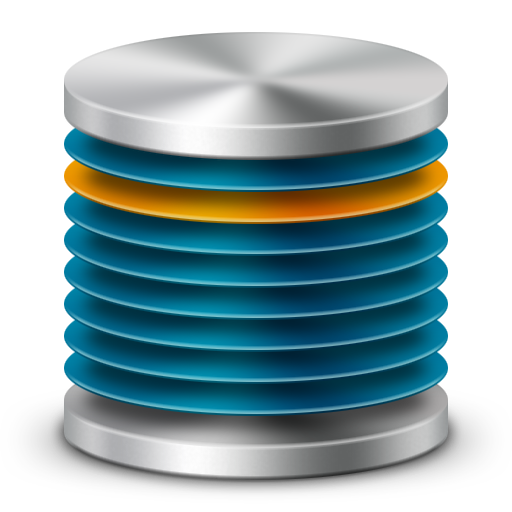TNWiki Article Spotlight - SQL Server with .NET 101
 Hi everyone, and welcome to a new edition of Tuesday - TNWiki Article Spotlight. In this post, i will present some articles written by me, hoping they could be an useful overview about code-database interaction, more precisely using SQL Server as database and Visual Basic .NET as coding language (easily adaptable to C# as well).
Hi everyone, and welcome to a new edition of Tuesday - TNWiki Article Spotlight. In this post, i will present some articles written by me, hoping they could be an useful overview about code-database interaction, more precisely using SQL Server as database and Visual Basic .NET as coding language (easily adaptable to C# as well).
While the current trend is generally moving towards web services, small to medium businesses relies heavily on traditional database approach, i.e. an intranet database server with a given number of clients.
Professionally speaking, that's a skill of paramount importance, whose learning cannot be overlooked.
And here we go with our TechNet articles about it!
SQL Server with .NET 101
In «Data Manipulation from SQL Server source through controls and LINQ» we will mainly see the tools available in Visual Studio to connect to a DataSource, analyzing binding to Windows control and database querying through LINQ.
With the second article, «Sort and Filter CSV Files with DataTable and DataView», we'll see DataTable and DataView classes, with their use in filtering and sorting tabular data. The article shows how to apply those classes and their method to CSV files. Obviously, the presented informations could be applied to database extracted data as well.
The data we extract from our DataSources will probably be part of Excel reporting, so we must understand how to use Interops to communicate with the Office suite.
That's where our third article kicks in. In «Populate Excel files from Data Source» we'll see how to perform such a task.
Speaking about reporting, the fourth article will show how Visual Studio can help us in building complex and appealing Local Report, to populate them through an independent DataSource: that means you won't need Reporting Services to use and RDL or RDLC file, but you can use what we saw in the previous articles to elaborate data, passing them to an existing report. At the end of «VB.NET: Create and Using DataSet-independent reports», you'll be able to accomplish that kind of tasks
And, lastly (for now), do you know SqlCommand class can handle multiple T-SQL statements at once? That's a pretty important thing to know. A brief post on that topic is «Use SqlCommand to process multiple T-SQL statements at once in Visual Basic .NET»
What we saw is far to represent a complete list on the subject, but it will cover almost any starting topics to know to use the System.Data and System.Data.SqlClient namespaces proficiently.
Hope you liked it, and that it will be of use for your studies and work.
Have a great Tuesday!
— Italian Wiki Ninja Emiliano
MSDN profile | MVP Profile | Twitter | LinkedIn